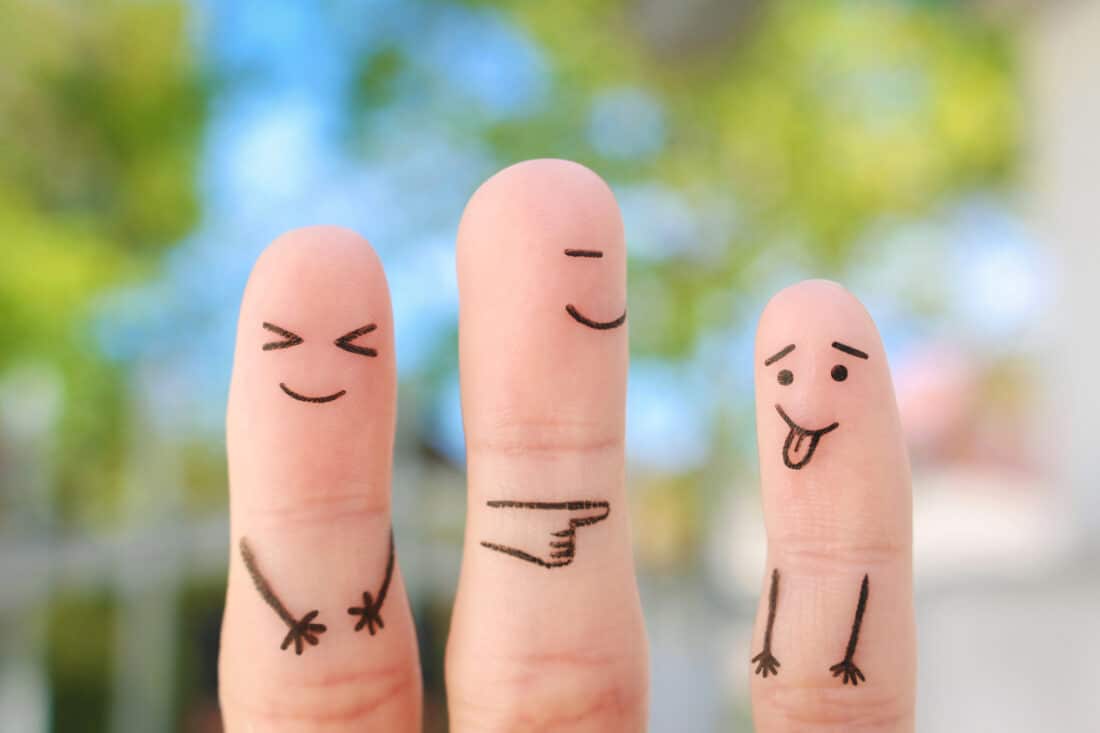Grief on the Comedy Stage
You no doubt know by now that THJ helps groups come together in the face of difficult diagnoses, end of life, bereavement, and even other major life transitions. We’ll talk here about the role of laughter in bringing groups — even groups that grieve — together. We hope you’ll join us for training!
“
Recently, the New York Times featured a story about a seemingly new trend in stand-up comedy: using death and grief as comic material. “That’s the Funny Thing About Grief” tracks how common the subjects of death and grief are these days in the work of stand-up comics.
Is it in supremely bad taste, or career-limiting, to use these serious subjects on the American comedy stage?
Healthy and young people have mortality, death, and grief on the minds in ways they may not have prior to 2020. Members of Generation Z think about death more than any other generation, with 35% thinking about it every day. More than 50% of all American adults think about their deaths more often than before they did before the pandemic. With death on so many more people’s minds, it stands to reason that it would be in the popular consciousness and appearing in pop culture in new ways — indeed, that it would be bursting to come out.
We may be more receptive to comedy that leaves a “respectful” amount of time (whatever that is) between a painful event and its treatment in literature or other art forms. For many years, 9/11 was off limits.
In the years after 9/11, articles appeared in the popular media in which their authors would muse about how much time would have to pass before one could produce comedy about a national event that had at once produced enormous loss of life and attacked Americans’ sense of invulnerability.
Writers and comics had to consider:
|
Does the Taboo Make Any Sense?
But we might consider a broadly held assumption that grief and loss don’t belong in comedy. Re-visiting a painful event through a comedic and performative lens — provided that event has been grieved to a large extent — might actually help both performer and audience. Using their creative writing and timing when engaging with a live audience could conceivably provide a healing communal experience, easing the natural isolation of the grief experience. Shared laughter can improve mood, boost the immune system, and ease pain. It can relax muscles, decrease your heart rate and blood pressure, and release dopamine, serotonin, and endorphins.
And perhaps it is not inappropriate to share, particularly if it is about the author’s own condition or grief, if it is their own story to tell, rather than trying to own someone else’s, including making any assumptions about the audience’s experience.
Breaking such a taboo might even break the ice of a shared reality. When Carnegie-Mellon computer scientist Randy Pausch, who was well-known to have pancreatic cancer, was slated to give his final public lecture, the audience flocked to hear him. His presentational style in that talk could be described as ebullient. At one point he quipped, “If I don’t seem as depressed or morose as I should be … sorry to disappoint you!” Comedy in the Family Gathering Post-FuneralIn my own extended family of cousins engaged professionally, semi-professionally, or simply by proximity in show business, gatherings at the house after a funeral ceremony has always included funny as well as moving stories. It simply wouldn’t be like the Klitsners (yes, you’re free to chuckle) not to laugh in the midst of tears.
Those stories bank on the eccentric or particular behaviors of the person who had died, those habits or ways of a person that endeared him or her to us, or even annoyed us, in similar ways. It was the unique ways in which they questioned the world, the scrapes they would get themselves into that made the person themselves memorable, all the more important after their death.
I’ve always loved when such stories would start out with the something that the person “would” do over and over again, as if on automatic. (I finally learned in writing this what’s the “would” is called: the “habitual aspect.”)
Henri Bergson famously defined comedy as what happens when what is human seems to be mechanical, acting out of keeping with the norms of a given situation. (The idea of the habitual or mechanical also can become comical when used to poke fun at someone who’s still alive: the boss who doesn’t, but pretends to, know more than his employees; the toddler who says things to nasty relatives his parents wish they could get away with.) The pleasure of the laugh, whether the person being jostled is dead or alive, is perhaps most enjoyable when the audience shares the same knowledge of the person and can recognize their interactions in the speaker’s tale.
So comedy while the performer or storyteller is grieving … comedy that holds up the personality of the person who’s died … comedy that acknowledges an experience all have shared and done work on grieving: all stand the chance not only of success at humor but also success in supporting both individual and group healing. |
Related Posts
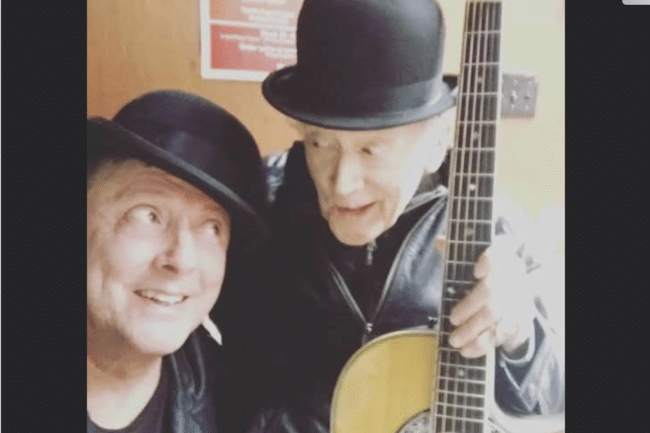
The Incredible Will to Sing
The will to make it to a loved one’s graduation or wedding, or to the birth of a new baby, somehow compels the body to obey the will. Stu Klitsner was going to sing at his only granddaughter’s wedding, come hell or high water.
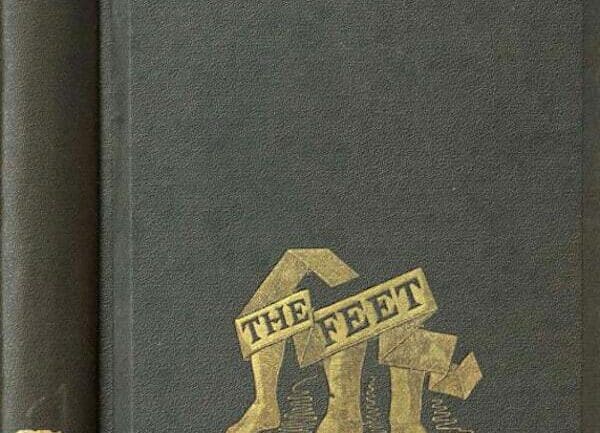
The Chaplain’s Feet
Chaplains exercise their humanness with every patient or family member they meet. What are the parallels between the kind of presence chaplains bring in the spiritual realm and that of the dancer who sees her choreography and performance as a kind of chaplaincy?

Whacking a Gun
At the 2023 Parliament of the World’s Religions, blacksmiths from RAWTools demonstrated how they took guns that had been surrendered from a variety of sources and re-formed them into garden hand tools, making literal their mission and message of anti-violence. The organization takes literally the passage from the Book of Isaiah to “beat their swords into plowshares and their spears into pruning hooks.”
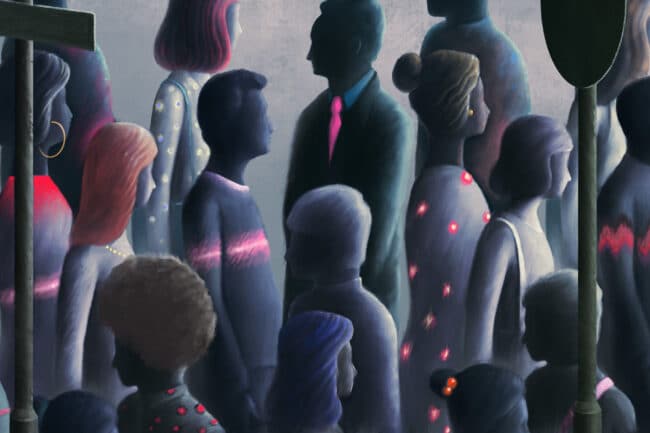
A Vaccine for Loneliness?
Public health has gotten bigger and bigger in recent decades. What was only thought of in the past as individual choices, like drug addiction, gun violence, or smoking crossed over to be thought of by many as social issues and, eventually, as matters of public health. With the Surgeon General’s report that came out in May, 2023, loneliness and isolation may assume their place alongside them as social epidemics.
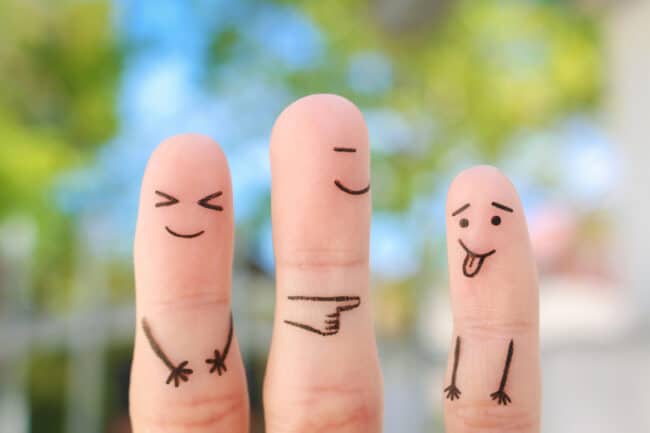
Grief on the Comedy Stage
Is it in supremely bad taste, or potentially healing in a social setting, to use death and dying as material on the American comedy stage? The post-pandemic fad of comedy shows that deal with what have been taboo topics is currently walking that line.
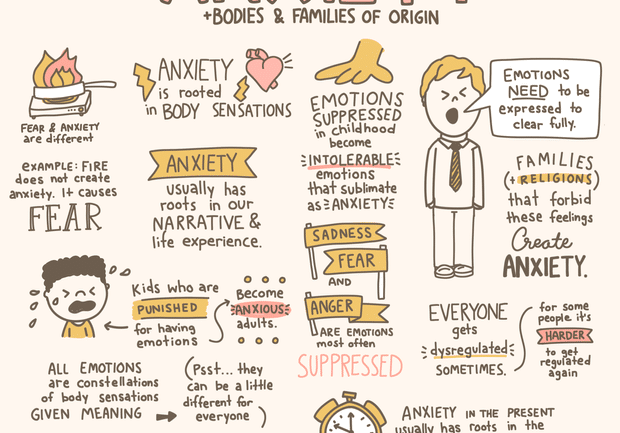
If You’re a Pro, You Gotta Have a Pro
Lindsay Braman’s example can open your mind about what sorts of both joy and utility you can create, simply by letting your own gifts out of the closet and using them in your work, in recognizing that, if a therapist/doodler can connect two passions, so can you.

